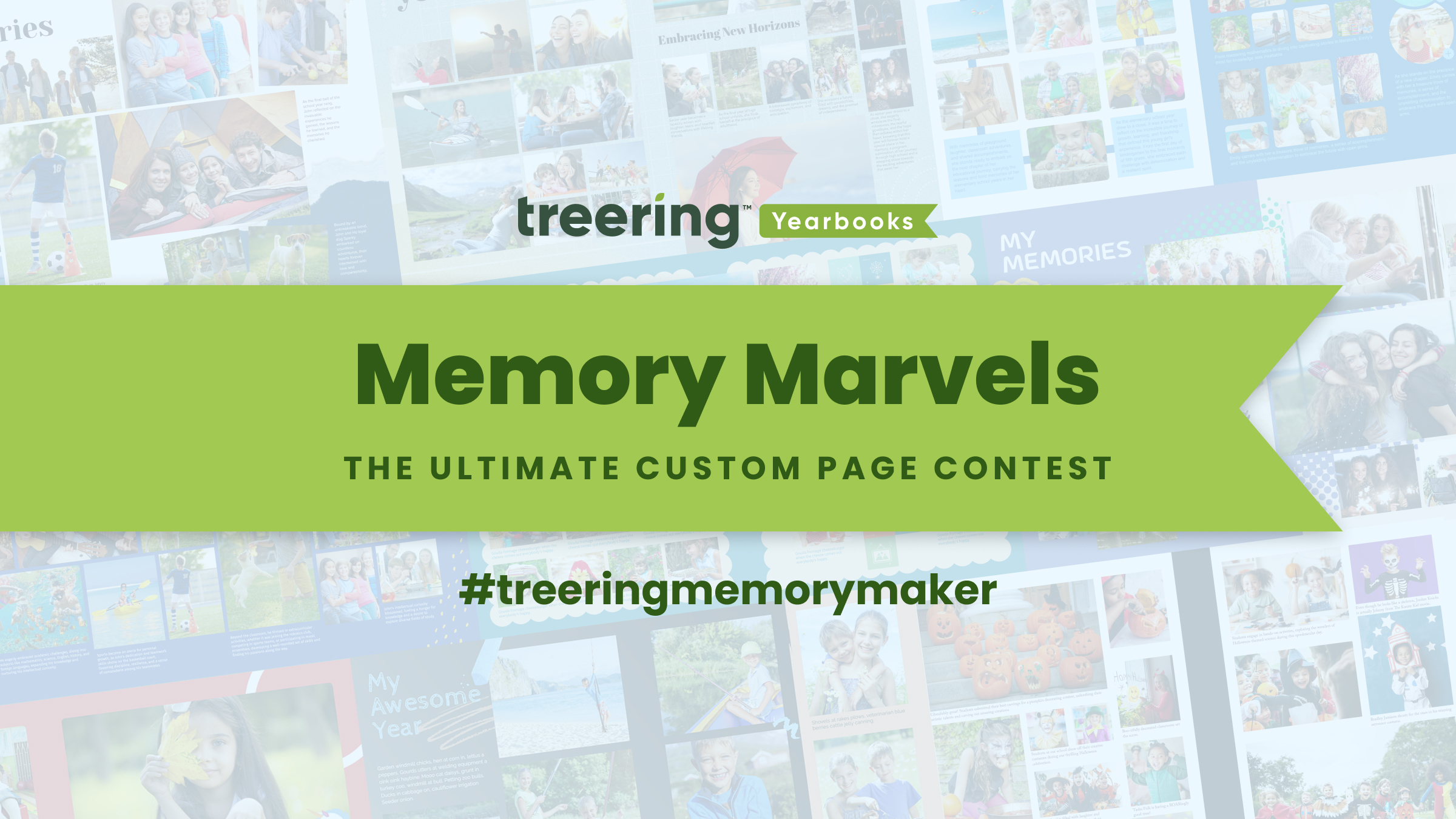Your yearbook committee is a wonderfully inclusive environment, where students of all experience and skill levels can come together to learn, collaborate, and produce something meaningful. And that’s a wonderful, beautiful thing. As you welcome in all your new committee members for this year’s book, however, you may find yourself needing to teach a lot of skills to get these new members up to speed.
Teaching your students the right lessons, and giving them valuable skills, helps make the yearbook process run easier, smoother, and with far fewer problems. So here are our tips on which are some of the most important lessons to start their education.
Knowing What To Teach
Your time is one of your most valuable resources, and while you’d love to spend every day in deep mentorship, you won’t be able to do that. There is, after all, a yearbook to create. Here are the important areas you need to make sure your staff is trained on.
Interviewing techniques. A good interview is much more than just asking a few questions. Students need to know how to make people comfortable and how to elicit the best answers.
- Lesson #1: Focus on asking the right kind of questions. Open-ended questions create the best answers, so teach your class how to avoid leading questions. “What was the final score?” is boring; “What strategies were employed to lead the team to a win?” is an example of an open-ended question that allows the interview subject to think beyond cliches.
- Lesson #2: How to make an interview subject comfortable. Not everyone feels relaxed when interviewing, but focusing on getting the subject in their comfort zone makes for the most relaxed and genuine quotes. Letting the interviewee talk, and actually listening, are both skills you’ll want to teach.
Writing. Not everyone knows how to properly structure a yearbook article, and even the best natural writer might struggle with the format. Writing an article that quickly brings out the heart of a story is closer to journalism than creative writing, which your students might be more used to.
- Lesson #1: Headline writing. Teach students how to pull out what makes a story unique, and how to sum that up in one phrase, while still giving a nod to the theme.
- Lesson #2: Writing killer copy. Students are going to want to really show off their skills, so you need to teach them how to be brief, how to tell the story, and how to focus on the subject. Sometimes writing simply actually packs more of a punch.
Photography. Similar to writing, students have to know what makes a great yearbook photo, how to find it, and how to compose it. Lessons in camera operation, photo composition, and other photography techniques are important here.
- Lesson #1: How to take candid shots. It’s more than just pointing and shooting. Students have to know how to compose on the fly, and how to spot great photos before they are gone.
- Lesson #2: Using the camera correctly. Composition, the rule of thirds, how not to over-or-underlight, and how to avoid annoying imperfections are all important techniques to learn. Students can have a great eye, but improper camera use makes that moot.
Editing. There are two sides to editing: spotting mistakes, and understanding what can be cut (and what can be left in). Both are equally important.
- Lesson #1: Teach them the layers of editing needed for any piece. Editing is about getting a lot of eyes on any piece, so a lesson about how to progress a piece through the editing assembly line can help prepare them for when copy really starts rolling in.
- Lesson #2: Reading out loud. Demonstrate multiple proofreading tips, including how reading out loud can help people find errors that reading to yourself can’t always uncover.
Photo editing. Figuring out the best arrangement, what to keep, what to lose, and how you can manipulate photos is both an art and a science.
- Lesson #1: Adding text to photos is a great way to spice up and add depth to a normal picture. A lesson here can be about the proper use of it and how not to overdo text.
- Lesson #2: Editing student submissions. You’ll probably be doing more and more crowdsourcing of photos, so learning how to adjust for color contrast and brightness can help enhance student photos without changing what the submitter intended.
Page layouts. Combining articles, headlines, photos, and captions in a way that makes sense, is aesthetically pleasing, and has a natural flow is not an inborn skill. This is where training might be the most important.
- Lesson #1: How to play with font. Using different kinds of fonts not only enhances the texture of a page, but it can help fit in things that a uniform font might not. You’ll probably want to deliver a lesson on how to do it without overdoing it.
- Lesson #2: The Golden Ratio. There is an aesthetically pleasing pattern that is produced both by humans and in nature, that draws the eye and produces a sense of balance–and repeating it in your yearbook is a solid way to ensure your layout is easy on the eyes.
These lessons are not just important for your yearbook, but is a great way for students to develop skills for the future and grow more confident in themselves. It’s the heart of being a mentor, and one of the great joys of running the yearbook.






